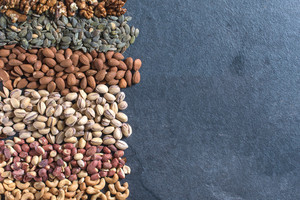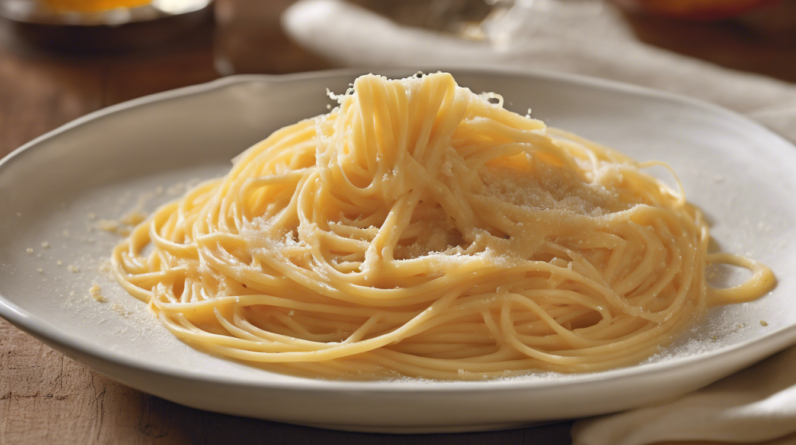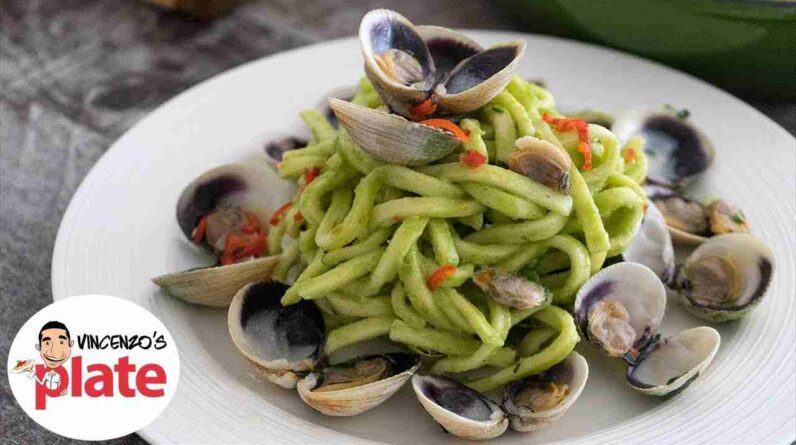Rosé wines have seen a substantial rise in popularity over the past few years, captivating wine lovers with their charming hues, versatile flavor profiles, and food-pairing flexibility. Among the global entries in this category, Italian rosé wines stand out for their unique characteristics and regional diversity. From the delicate pink hues of Provence to the deeper salmon tones of Southern Italy, Italian rosé wines offer a wonderful exploration of style, flavor, and tradition.
Understanding Italian Rosé
Rosé is primarily made from red grape varieties, where the skins are in contact with the juice for a short time—a process known as maceration. This limited contact with the grape skins is what imparts the pink color, which can range from pale blush to vibrant coral, depending on various factors including grape variety and production methods. In Italy, the production of rosé wines could vary significantly from one region to another, reflecting the vinicultural practices unique to each area.
The Diverse Grapes of Italy
Italian rosé wines are predominantly crafted from a variety of indigenous red grape varieties. The country’s diverse climate and terroirs provide a rich palette from which winemakers create stunning expressions of rosé. Some popular grape varieties used in Italian rosé include:
-
Sangiovese: Italy’s most famous grape, widely used in producing Chianti, Sangiovese provides ripe cherry flavors with a bright acidity that make for refreshing rosé.
-
Nero d’Avola: Particularly popular in Sicily, Nero d’Avola lends itself to beautifully structured rosés with depth and complexity, often featuring berry and plum notes.
-
Grenache: Known in Italy as Cannonau, this grape produces expressive rosé wines with rich fruit flavors and a slightly spicy undertone, particularly from Sardinia.
- Barbera: Known for its high acidity, Barbera grapes from the Piedmont region create rosés that are crisp, light, and bursting with fruity aromas.
Regions Renowned for Rosé
1. Puglia
Puglia, located in the southeastern “heel” of Italy, is one of the leading regions for rosé production, particularly due to its warm climate and indigenous grape varieties. The region is especially famous for its “Rosato” wines made from Primitivo, Negroamaro, and other local grapes. These wines are often enjoyed for their vibrant flavors of red berries, citrus, and floral notes, coupled with a refreshing acidity.
2. Tuscany
Home to some of Italy’s most famous wines, Tuscany produces exquisite rosé wines primarily using Sangiovese grapes. These rosés are typically pale in color and offer bright acidity paired with fragrant aromas of strawberries and watermelon. The Tuscan approach often emphasizes the harmony between fruit and minerality, delivering wines that are elegant and sophisticated.
3. Veneto
The Veneto region, primarily known for Prosecco and Valpolicella, has also embraced rosé production. Here, winemakers are often experimenting with blends of indigenous and international grapes to produce diverse rosé styles. The typical colors range from soft blush to deeper salmon hues, and the wines reflect fresh, fruity profiles aligned with Veneto’s gastronomic traditions.
4. Trentino-Alto Adige
In the northern region of Trentino-Alto Adige, the cooler climate enables the production of beautifully aromatic rosé wines. Here, winemakers often use Pinot Noir to create delicate, refined rosé with hints of cherry and raspberry, balanced by bright acidity. The region’s stunning landscapes further enhance the experience of enjoying such wines, providing a connection to the land.
The Aesthetics of Seasonality
Italian rosé wines are undeniably seasonal. With their refreshing qualities, they shine during the warm months, perfectly complementing picnics, grilled meats, and Mediterranean cuisine. The aesthetic aspect of rosé—its striking pink and salmon hues—captures the essence of summer. The visual appeal of a glass of Italian rosé, glistening in the sunlight, adds to the enjoyment of both the wine and the surroundings.
Aromas and Flavor Profiles
Italian rosé wines can be characterized by their balance of brightness and depth. Depending on the region and grape variety, the flavor profiles can encompass an array of notes:
-
Fruity: Expect flavors of strawberries, raspberries, cherries, and watermelon.
-
Floral: Many rosés exhibit aromatic qualities of rose petals, honeysuckle, or white flowers.
-
Herbaceous: Some may reveal subtle herbal nuances such as basil or mint, particularly those from cooler regions.
- Mineral: Wines from volcanic regions, like those from Etna in Sicily, often display a mineral character that adds complexity.
Pairing Italian Rosé with Food
One of the joys of Italian rosé wines is their adaptability in food pairings. The bright acidity and vibrant fruity notes make them an excellent choice for a wide variety of dishes, including:
-
Seafood: Grilled shrimp, calamari, or fresh oysters complement the freshness of the wine.
-
Salads: Light salads with vinaigrette dressings or antipasti platters pair beautifully with rosé.
-
Pasta Dishes: Tomato-based or creamy pasta dishes can harmonize nicely with the acidity and flavors of Italian rosé.
- Cheese: Soft cheeses like burrata, mozzarella, or goat cheese enhance the wine’s fruit and floral notes.
FAQs About Italian Rosé Wines
What is the difference between rosé and red wine?
Rosé wine is made from red grape varieties but involves a shorter skin contact time during fermentation, which gives it its lighter color and flavor profile. Red wine is fermented with the grape skins for an extended period, resulting in a richer color, flavor intensity, and tannin structure.
Is Italian rosé sweet?
Italian rosé wines can range from dry to off-dry. Most Italian rosés are crafted in a dry style, emphasizing freshness and acidity, while some might have a subtle sweetness balanced by acidity.
How should Italian rosé be served?
Italian rosé wines are best served chilled, typically between 50°F to 55°F (10°C to 13°C). This temperature enhances the wine’s refreshing qualities and bright flavors.
Can Italian rosé wine age?
While many rosé wines are intended to be consumed young to preserve their freshness and vibrancy, some rosés, particularly those with structure and complexity from quality producers, can benefit from aging for a few years.
What are the most popular Italian rosé regions?
Some of the key regions for Italian rosé production include Puglia, Tuscany, Veneto, and Trentino-Alto Adige, each contributing unique styles and characteristics.
Conclusion
The world of Italian rosé wines is a vibrant tapestry of styles, regions, and flavors. From the picturesque vineyards of Tuscany to the sun-kissed coasts of Sicily, these wines tell the story of Italy’s rich winemaking heritage. Their delicate pink hues and appealing flavors are not just a seasonal delight but a testament to the artistry and passion of Italian winemakers. With each sip, one is transported to the bustling piazzas, sun-drenched terraces, and idyllic countryside that define the Italian experience—a celebration of beauty in every bottle.
If you enjoyed this article and want to learn more about Italian Cuisine, please visit https://pizzapartiesofamerica.com/









